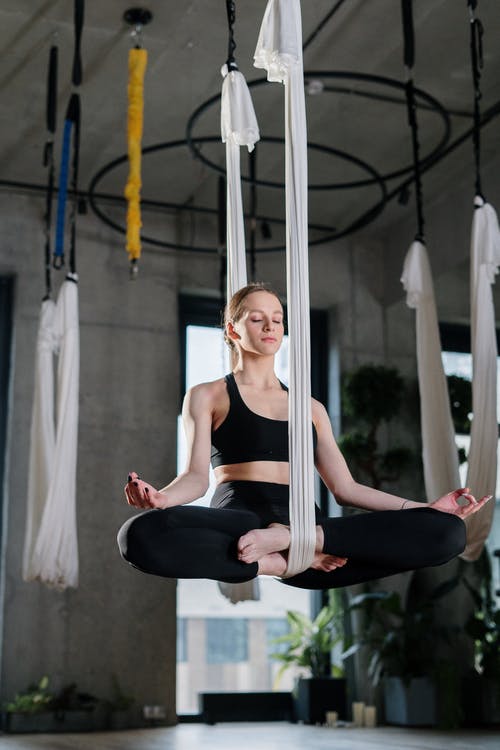All of us will be aware of the importance of doing regular exercise in prison, and the health risks of not doing any at all. Motivation is the key factor, but it can be devilishly difficult to find any if you are depressed, suffering from an ongoing illness, or debilitated in any way which could include common injuries.
It must also be stressed that working out too intensely can be dangerous. Around 5 hours a week of moderate exercise is recommended by most leading health authorities. Daily exercise is good, but one or two days off a week will not be an admission of failure. The best advice you can give yourself is ‘listen to your body’ and recognise your limitations according to age, mobility and general health.
Inside prisons in developed countries, you probably have an exercise yard and gym. However, in a third world country it is possible you have neither. In my clink there is not enough space to swing a cat (but plenty of stray cats to swing).This means if we want to exercise regularly, we have to improvise.
Below is a list of activities you can do either on or beside your bed/mattress/flattened cardboard box which are unlikely to disturb anyone.
Yoga

The health benefits of yoga have been well documented. Most yoga poses stretch your muscles for flexibility and ‘massage’ your internal organs, while others use your body weight to build strength. Possibly its greatest benefit is supplying more oxygen to the heart. This is particularly important for any of us who have experienced breathing problems from contracting covid.
Our Prisoners Abroad newsletter frequently contains very good yoga workouts. The exercises should be done in the order they appear in the diagrams, since each one leads on to the next. You can hold each pose for as long as you wish. You can also make it a meditation by concentrating on your breathing. A common pattern is breathing in through your nose for a count of 3-5, holding your breath for 3, and slowly out through your nose or mouth for 8. There are of course variations and you can find your own method, but the exhale should always be longer than the inhale.
If like myself you have a lower back injury, you need to avoid any yoga pose which involves forward bending. With a knee injury, you should never put weight on the bad knee. If any yoga pose causes you real pain, you should stop doing it.
Weight training without weights
Even without weights, it is possible to build muscle and burn fat just using your own body weight. For upper body, you can do press ups, paying attention to the spacing between your hands while keeping your body straight. Hands together will hit the triceps; shoulder width apart the chest; wide apart the shoulders. For any exercise, breathe out on the ‘effort’ part.
For lower body, squats are the best because you use so many different muscles at one time. With a lower back injury, you can start seated on a bed or chair which prevents you coming down too low. Knees should not protrude over your toes, and the weight should be felt on your heels. You can cross your arms over your chest or swing them outwards on each repetition.
The other good leg exercise is lunges. Start by kneeling on both legs. Plant one leg in front of you bent at right angles. Then stretch the other leg back. Using the ball of the foot on the back leg, push up and down a few times. Try and keep your back straight and do not move the front knee. Then do the same switching legs.
Walking on the spot
An interesting piece of trivia is that treadmills were invented in England as a punishment for inmates, while at the same time being used to pump water or grind corn. The word ‘screw’ for jailer was used originally for the treadmill supervisor who was able to make the inmate’s work harder by tightening a screw on the machine. This was a fate which befell the playwright Oscar Wilde.
Walking on the spot is not exactly a barrel load of fun either but moving your body around for a few minutes a day is definitely better than doing nothing. You can make the workout more intense by speeding up your walking pace and lifting your knees up higher. You can also use your arms, extending alternately as if punching, or curling as if using dumbbells. For variation, step from side to side. If you can do this to music, it is far less monotonous.
When restarting exercising after a long layoff, you should take it easy to begin with and gradually build up fitness.
Finally, you do not have to do all your exercise in one go. Doing 4 times 10 minutes a day is arguably more efficient than a single block of 40 minutes, because of the frequent recovery periods you can allow yourself. This has particular value for older inmates like myself.

